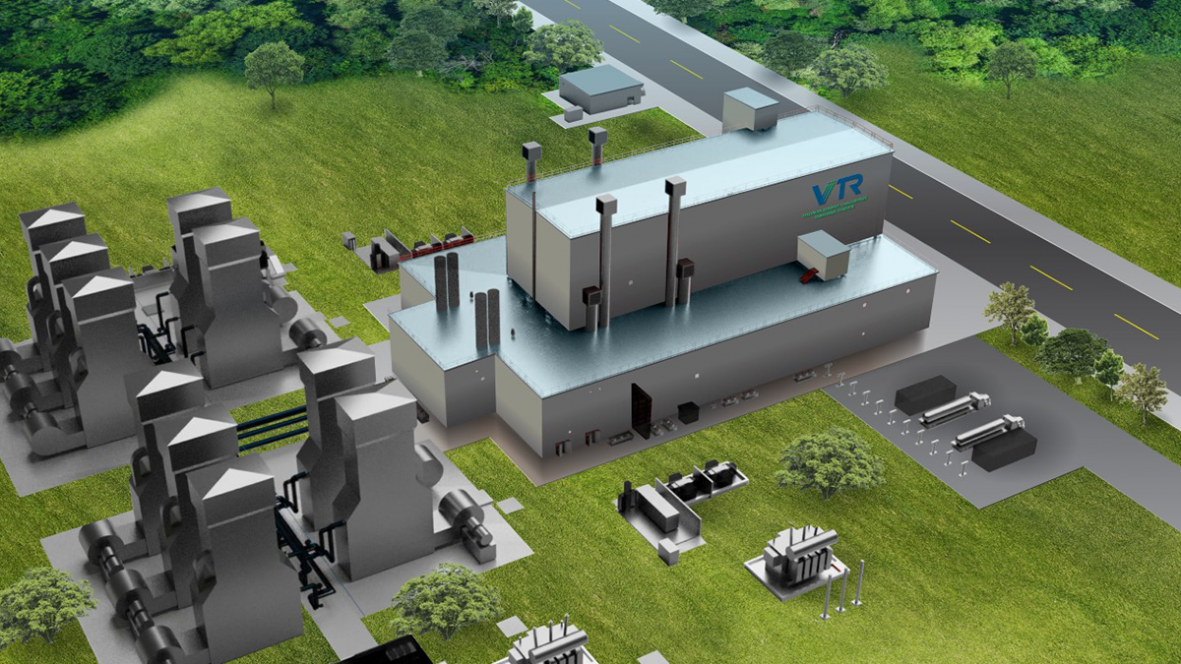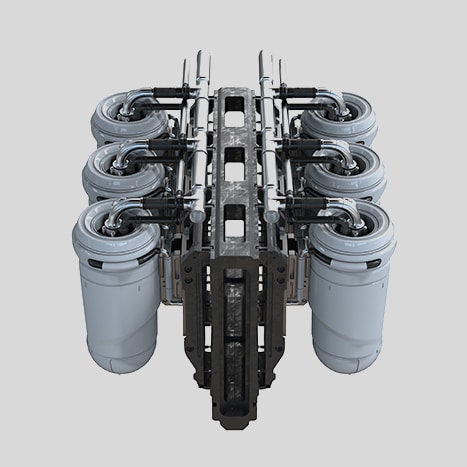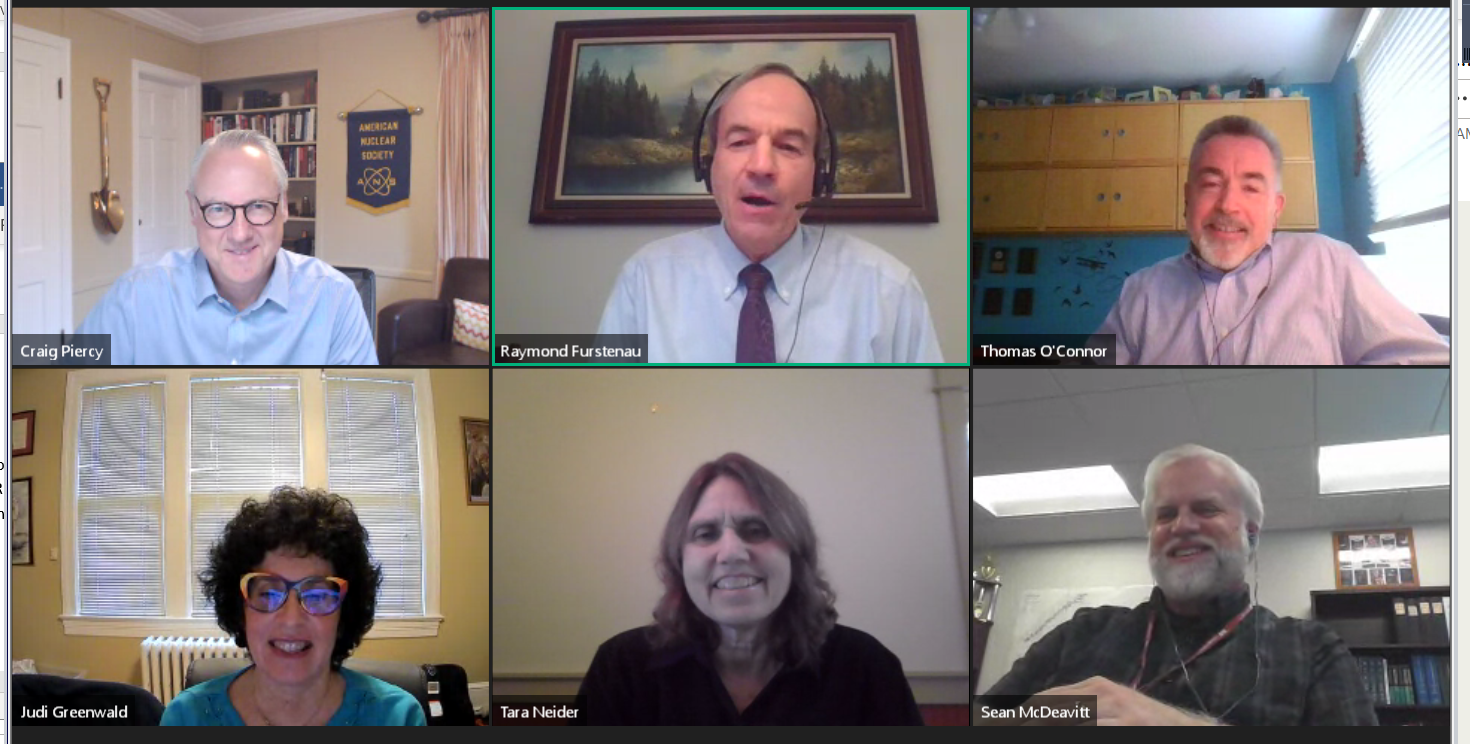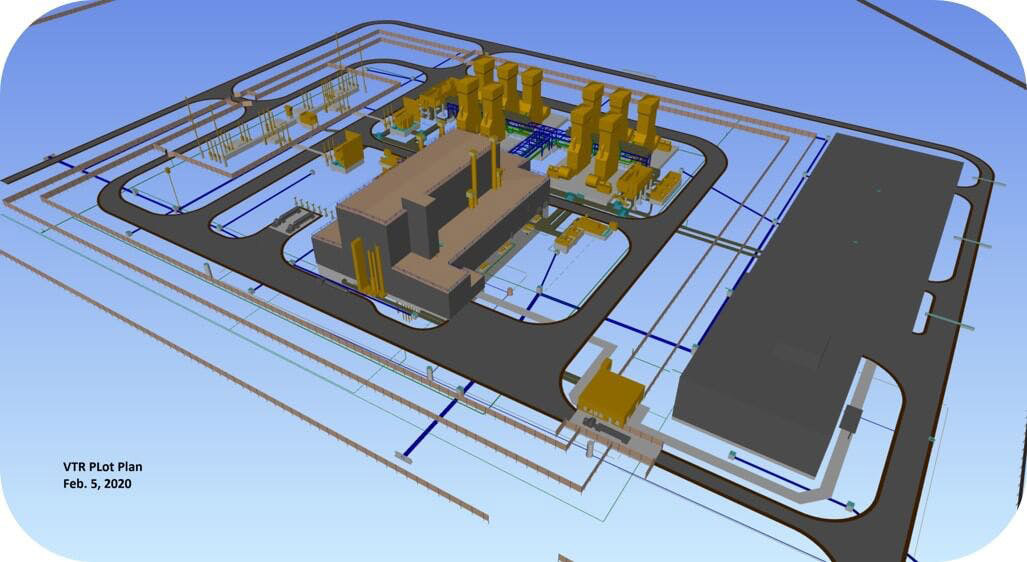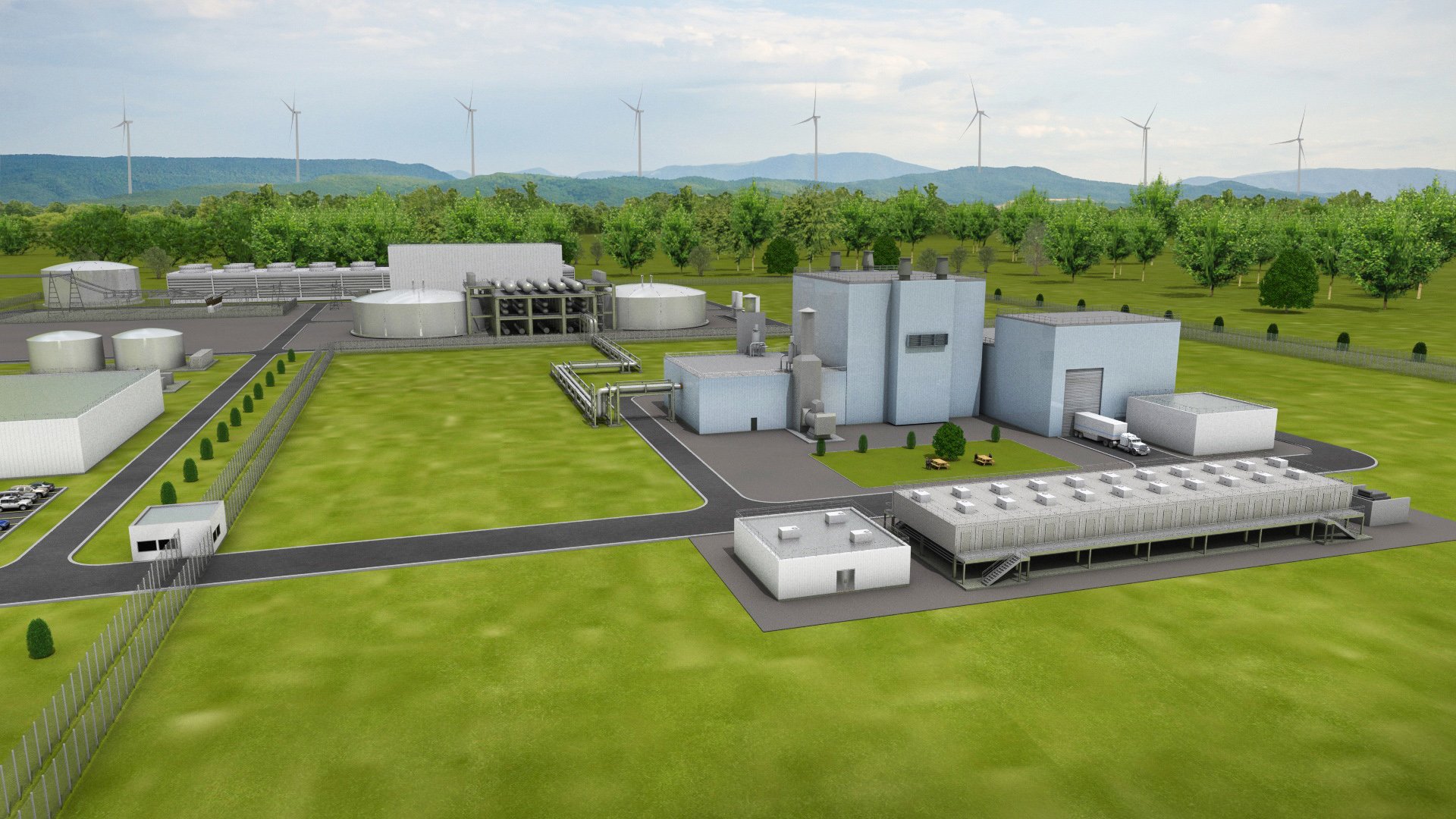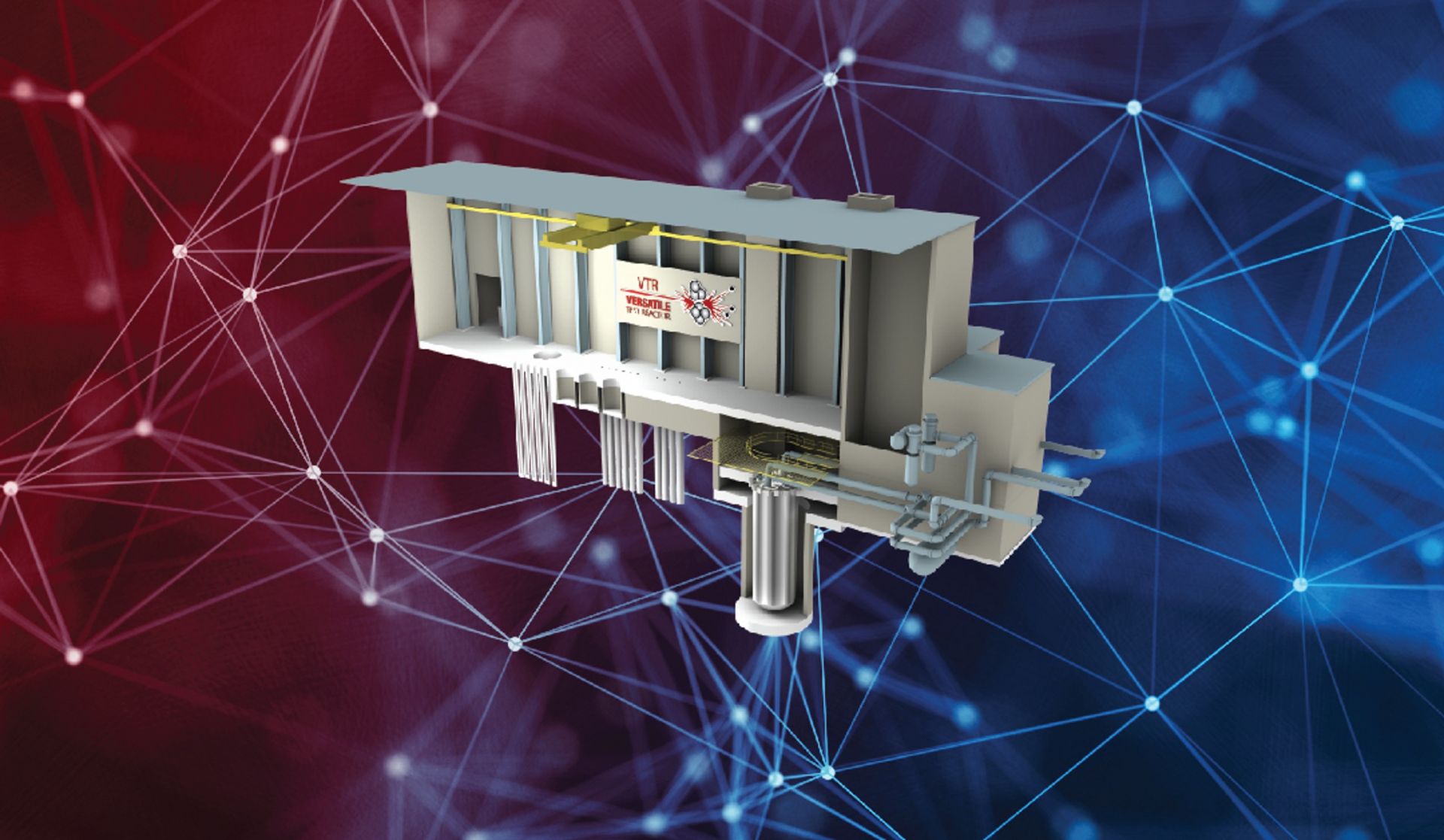PRA standard for Advanced Non-Light Water Reactors just issued
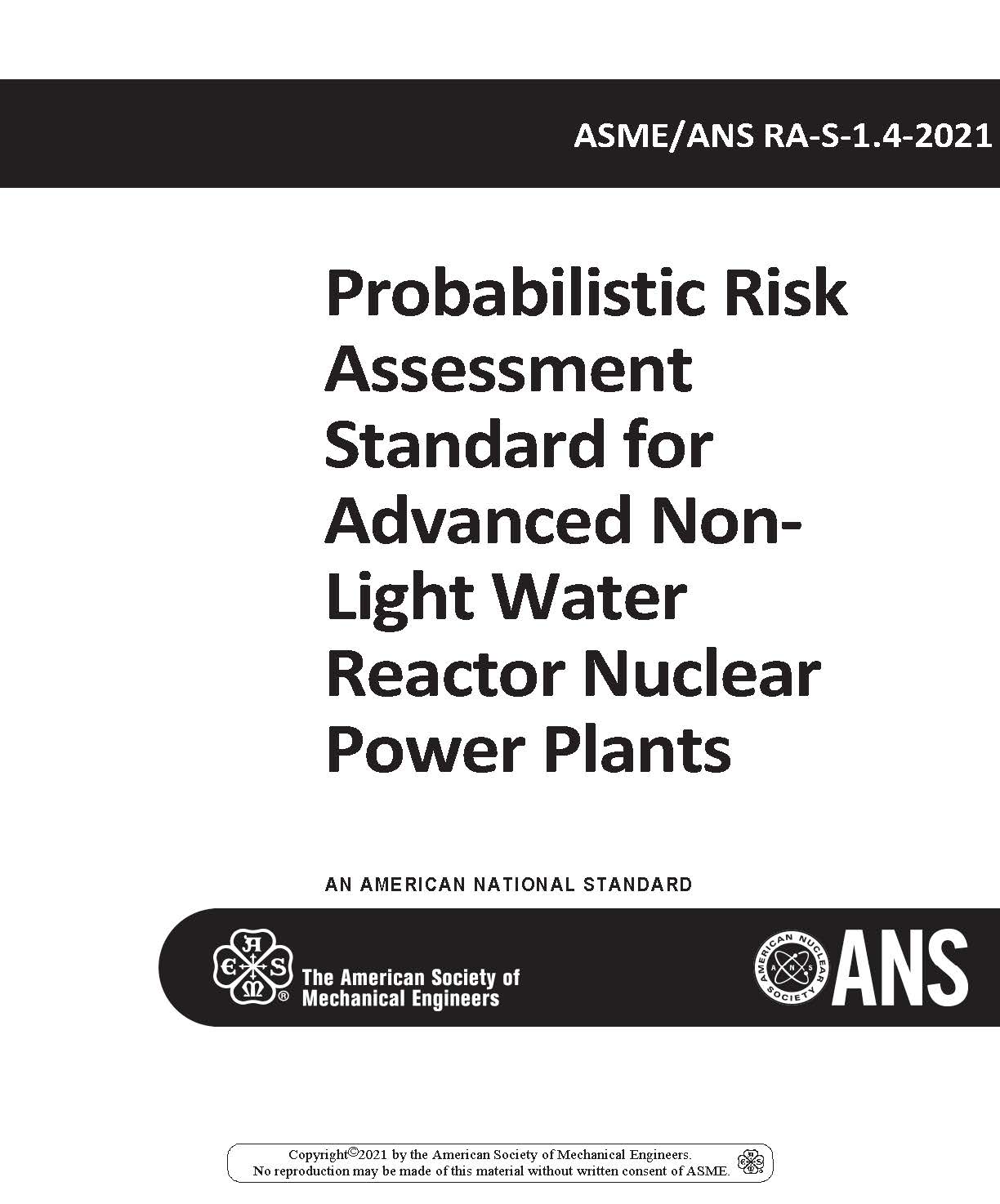 ANSI/ASME/ANS RA-S-1.4-2021, “Probabilistic Risk Assessment Standard for Advanced Non-Light Water Reactor Nuclear Power Plants,” has just been issued. Approved by the American National Standards Institute (ANSI) on January 28, 2021, this joint American Society of Mechanical Engineers (ASME)/American Nuclear Society (ANS) standard sets forth requirements for probabilistic risk assessments (PRAs) used to support risk-informed decisions for commercial nuclear power plants and prescribes a method for applying these requirements for specific applications.
ANSI/ASME/ANS RA-S-1.4-2021, “Probabilistic Risk Assessment Standard for Advanced Non-Light Water Reactor Nuclear Power Plants,” has just been issued. Approved by the American National Standards Institute (ANSI) on January 28, 2021, this joint American Society of Mechanical Engineers (ASME)/American Nuclear Society (ANS) standard sets forth requirements for probabilistic risk assessments (PRAs) used to support risk-informed decisions for commercial nuclear power plants and prescribes a method for applying these requirements for specific applications.
ANSI/ANS-RA-S-1.4-2021 and its preview are available in the ANS Standards Store.



